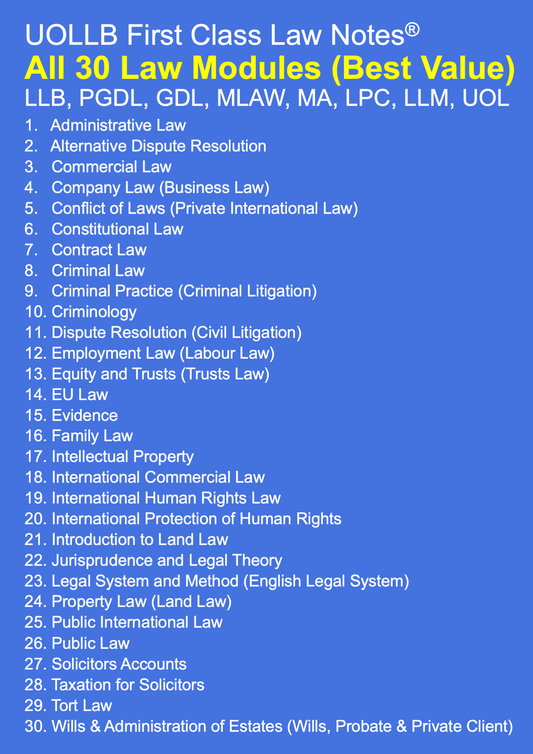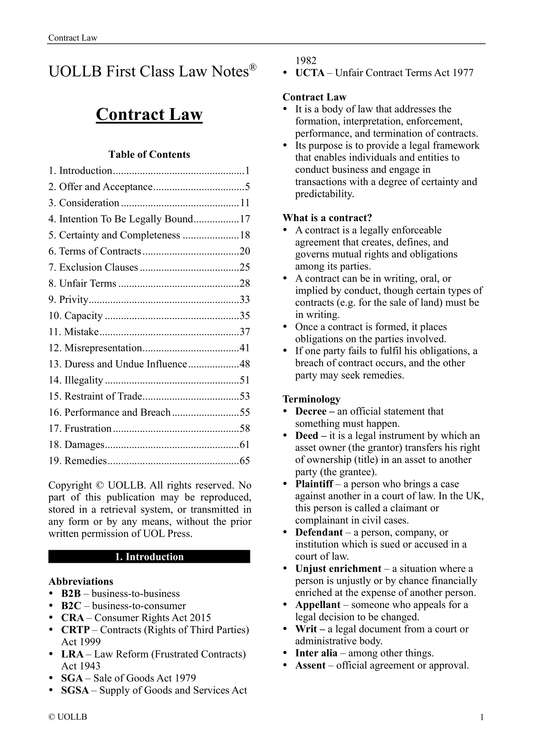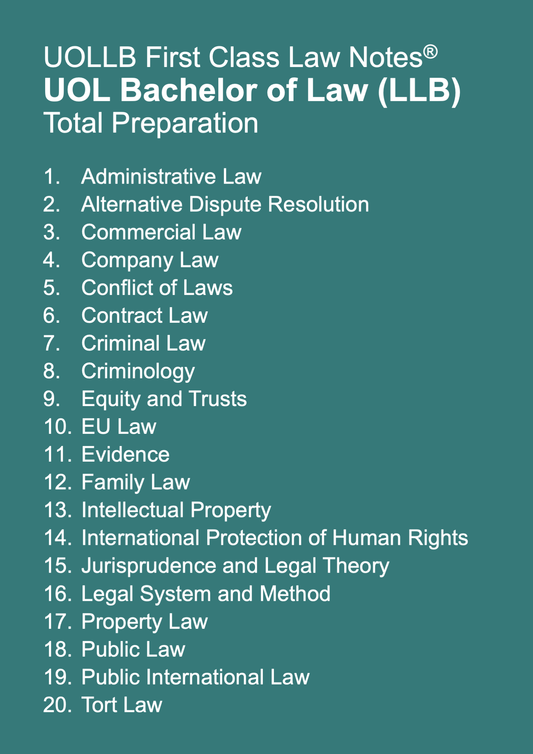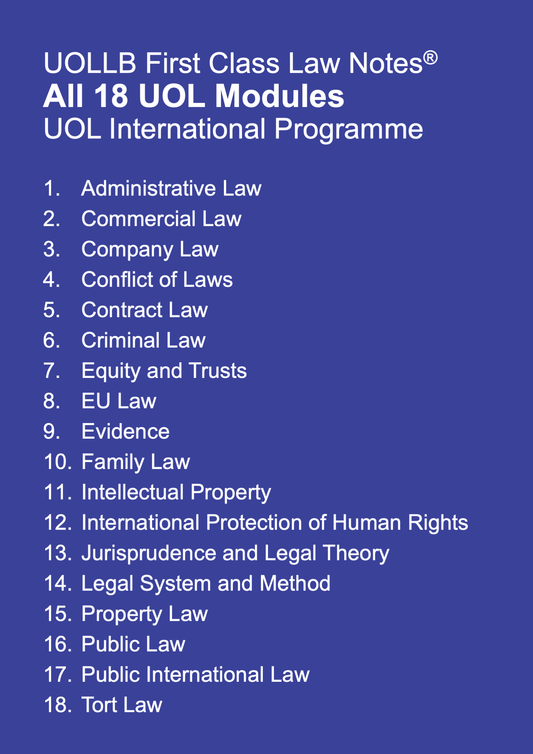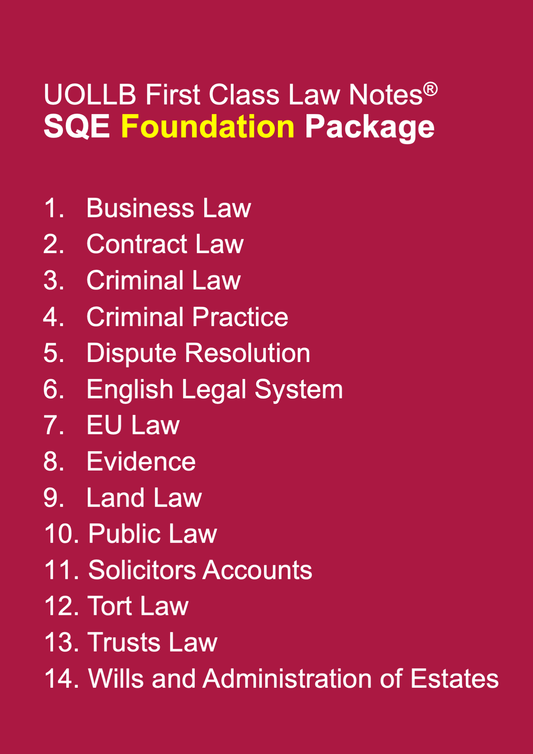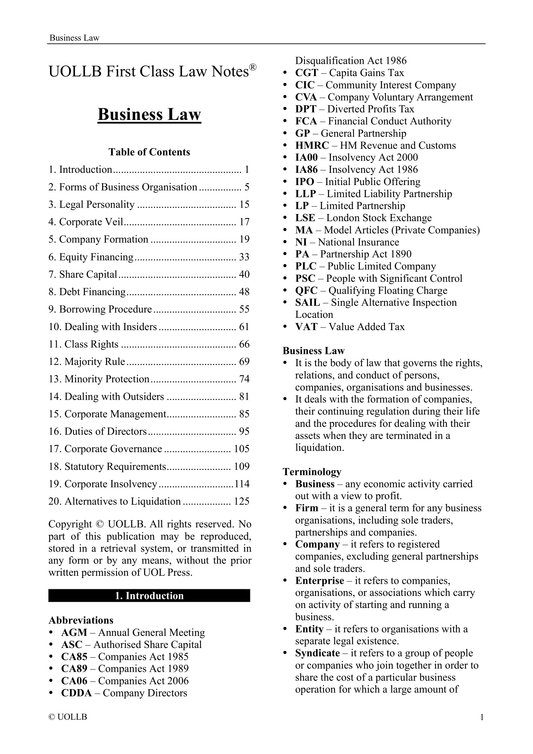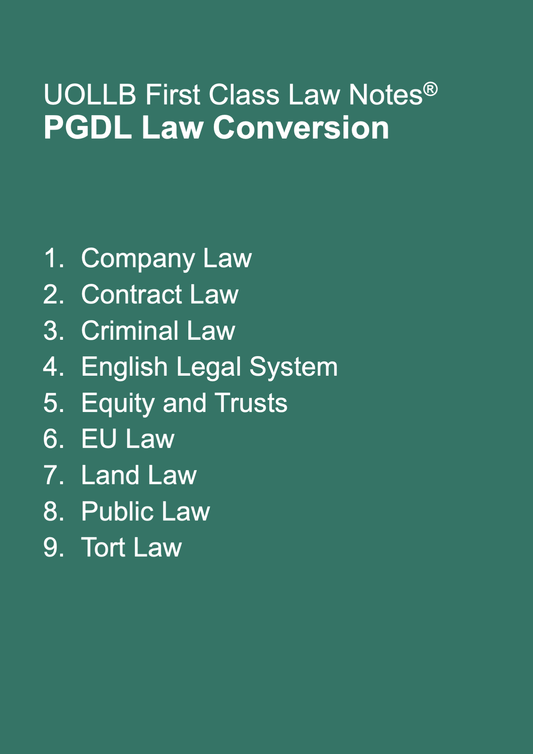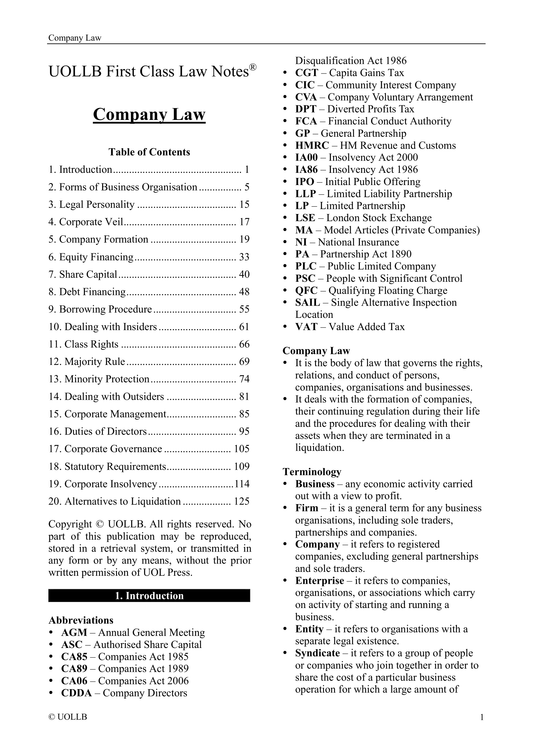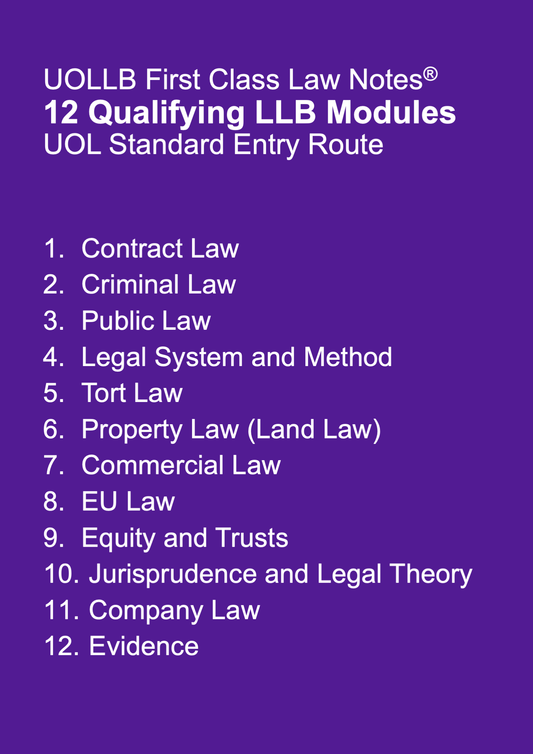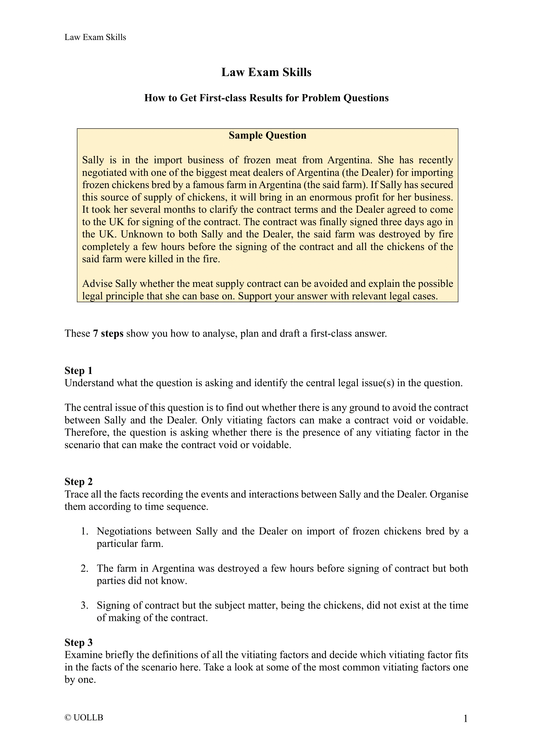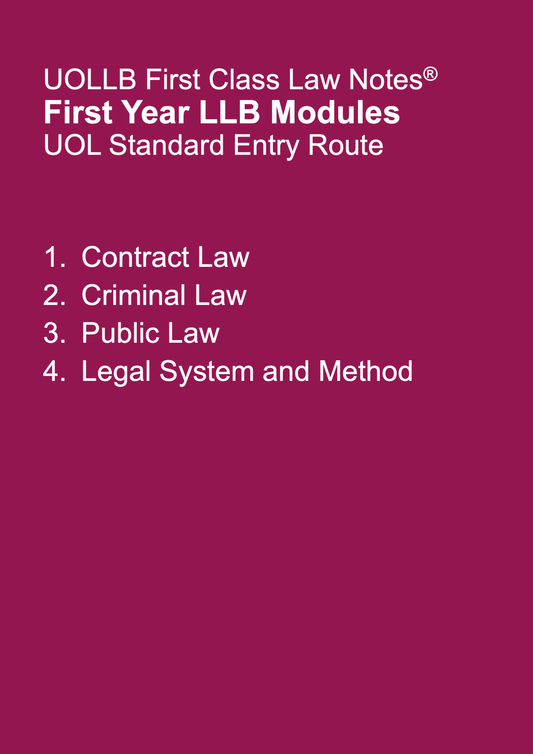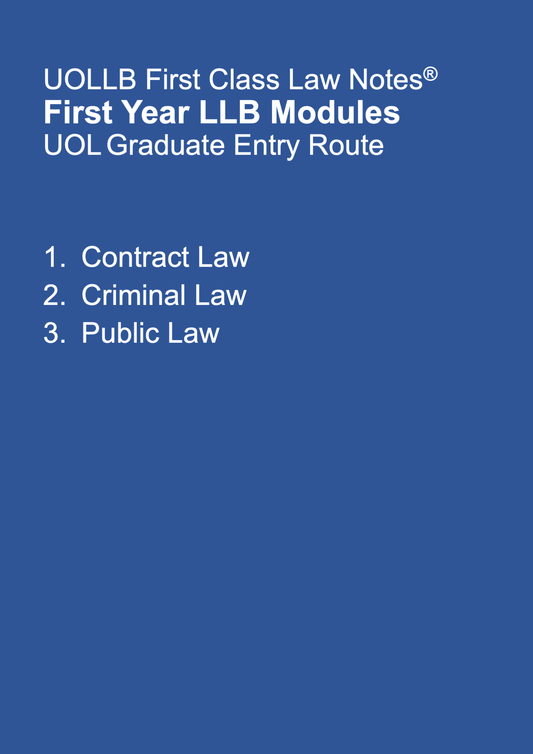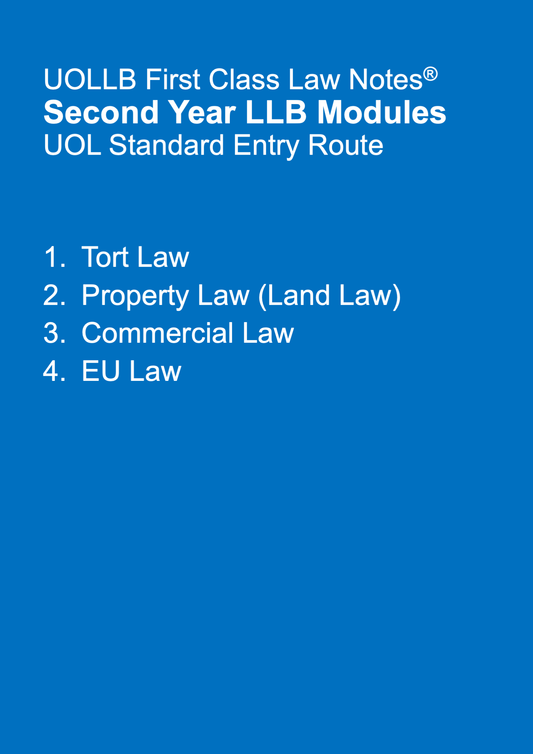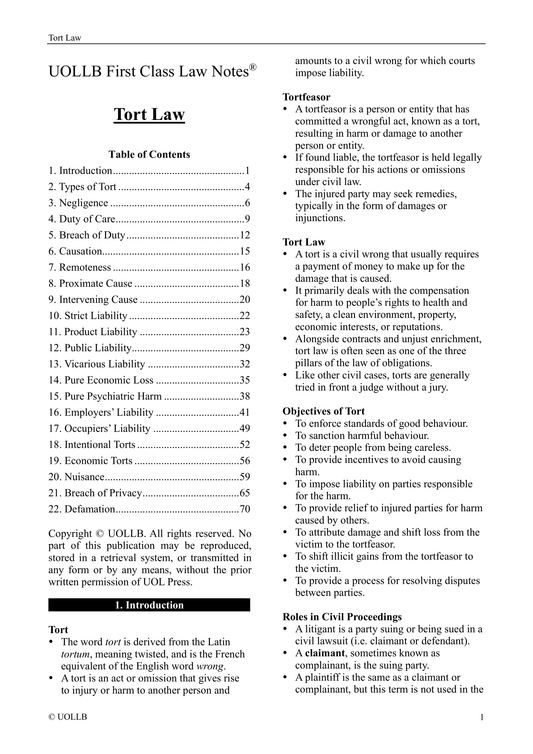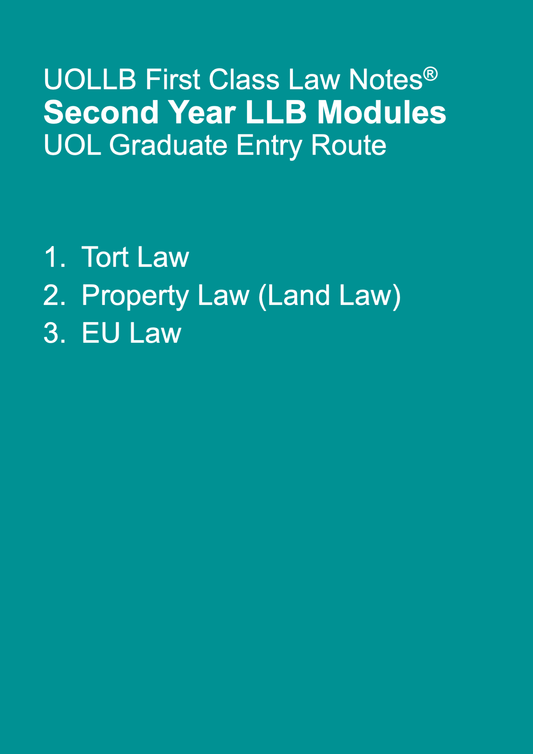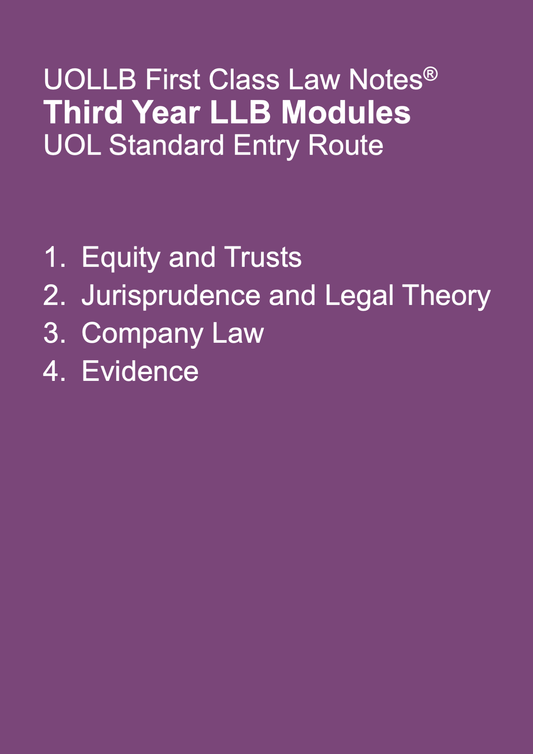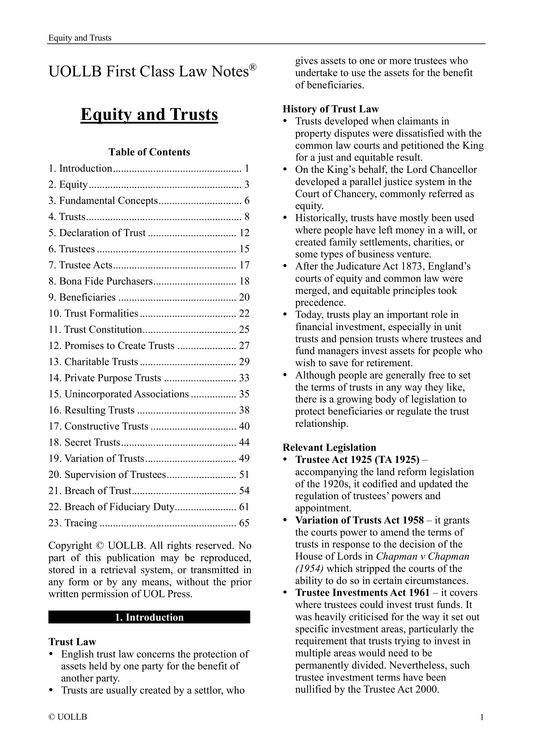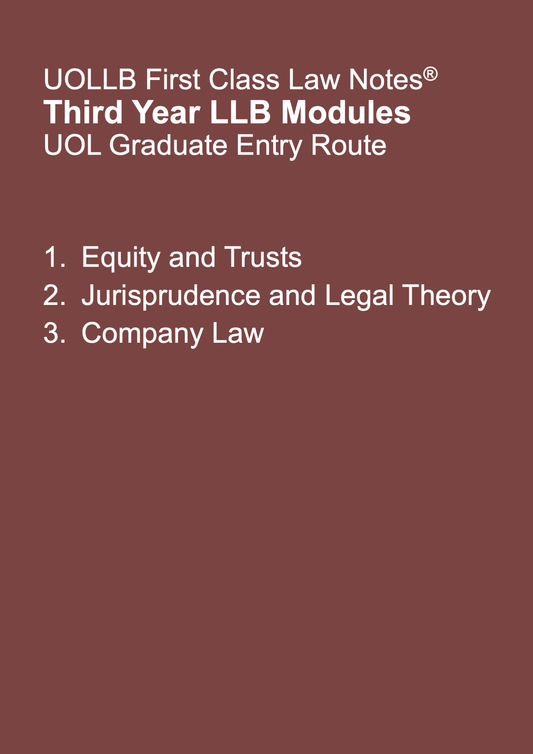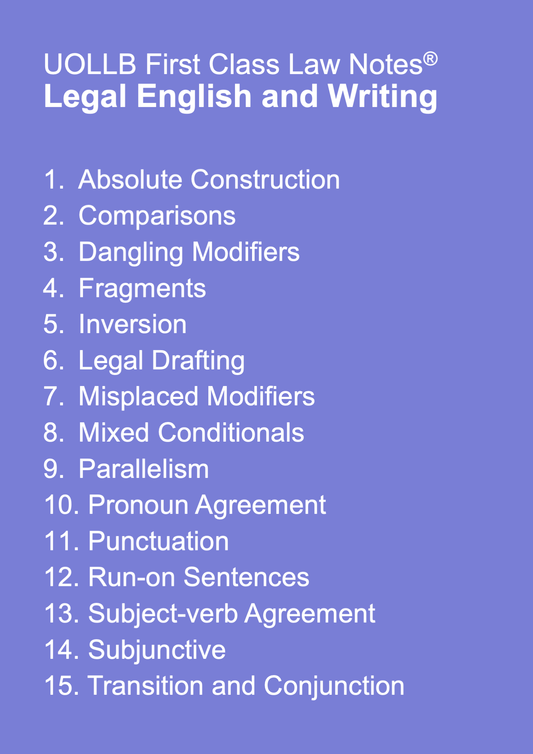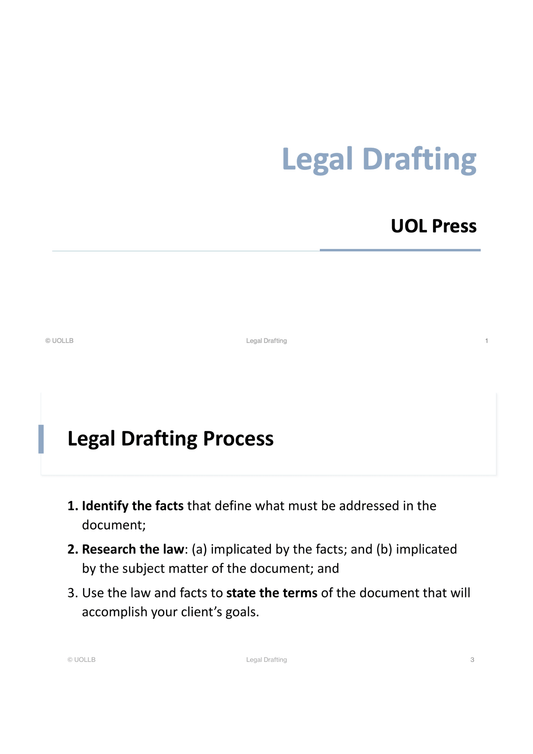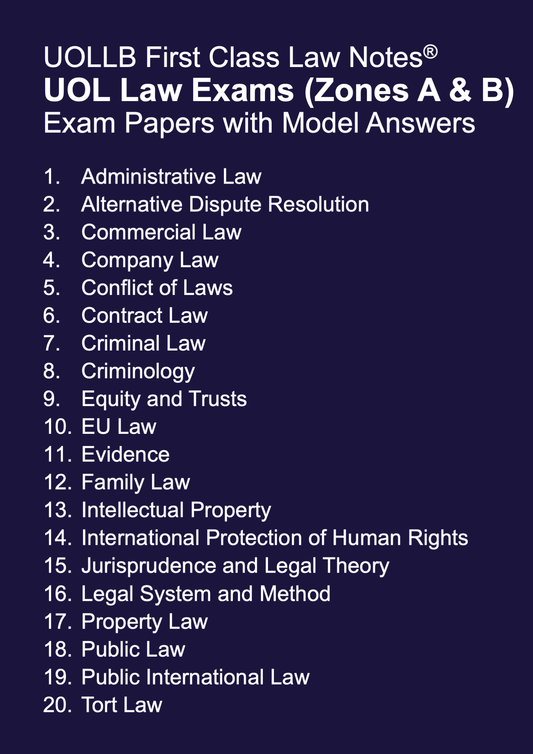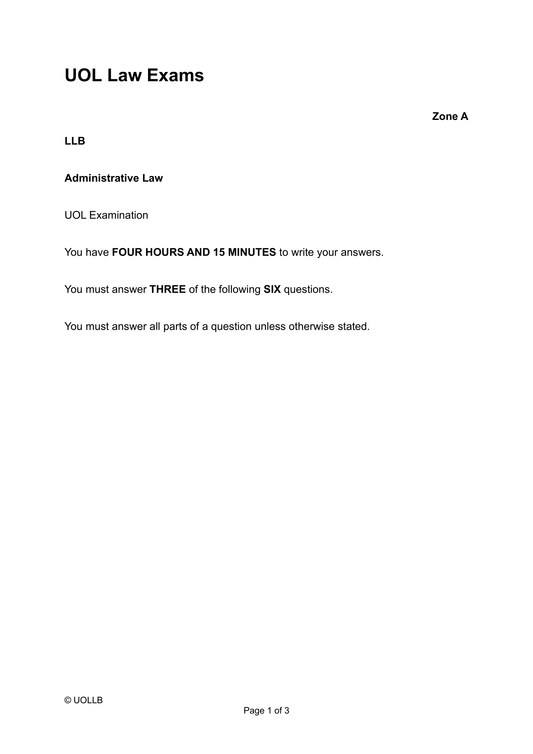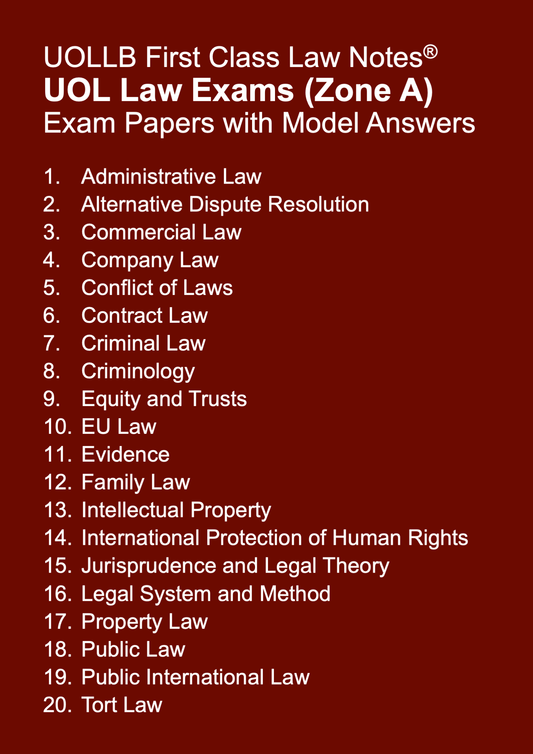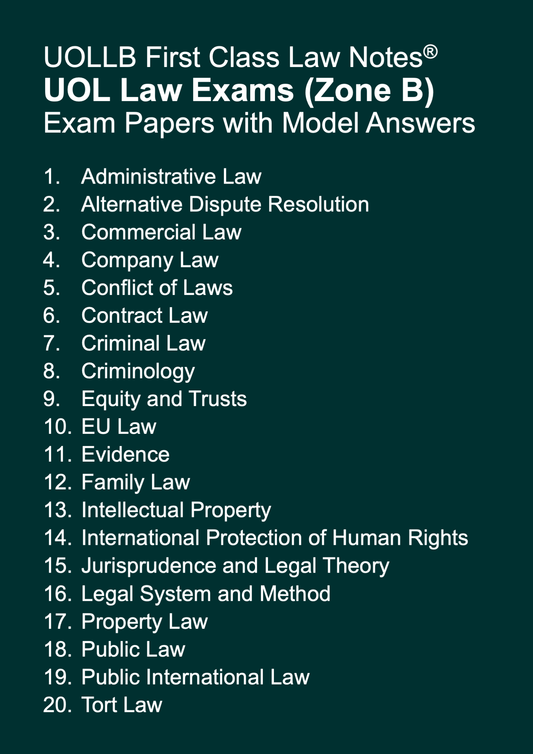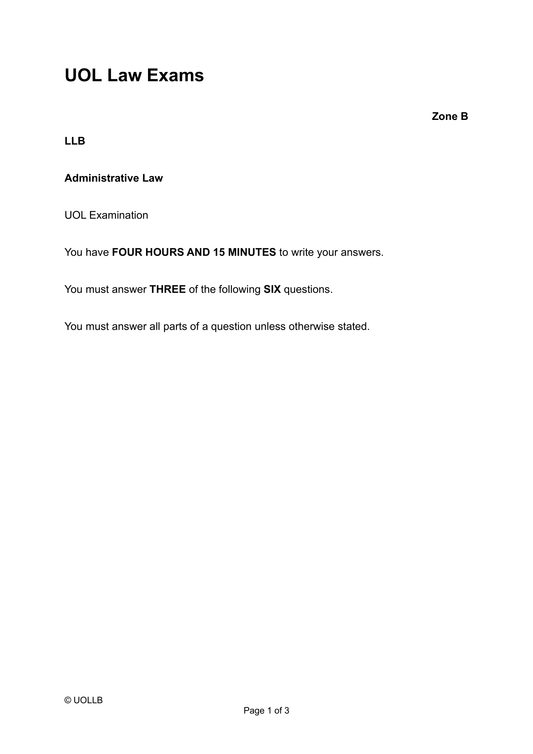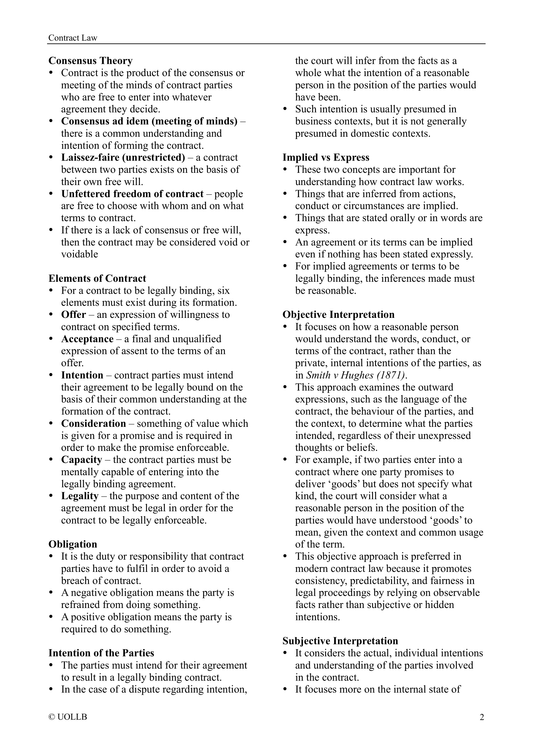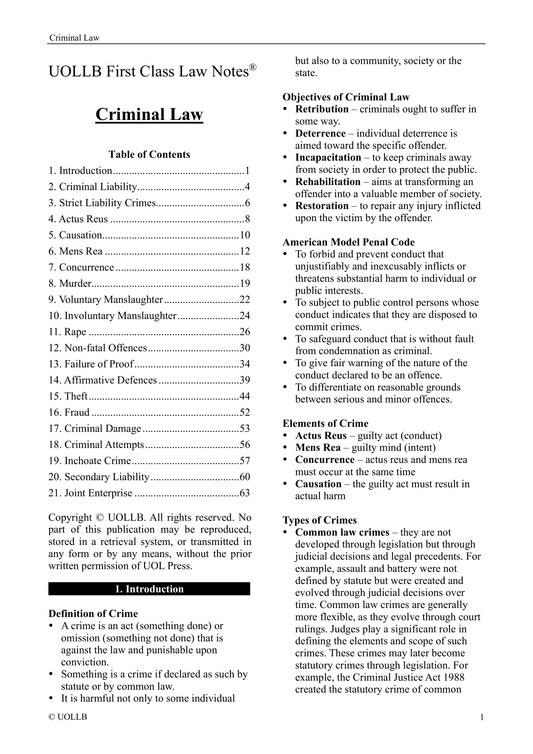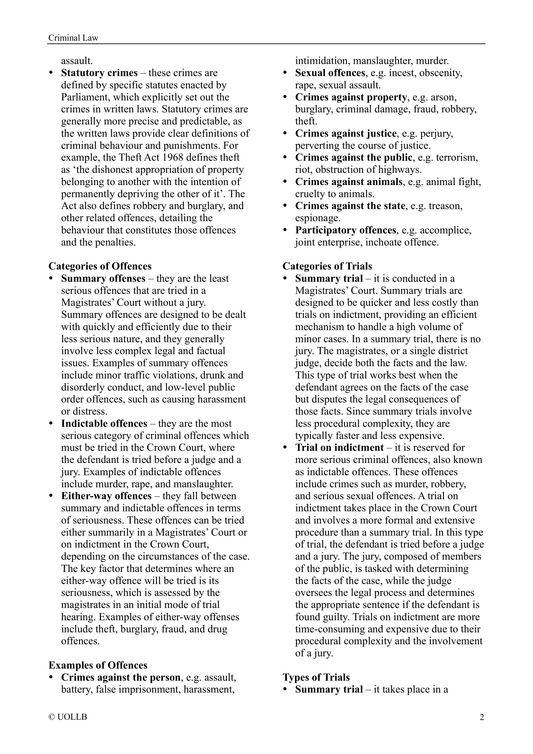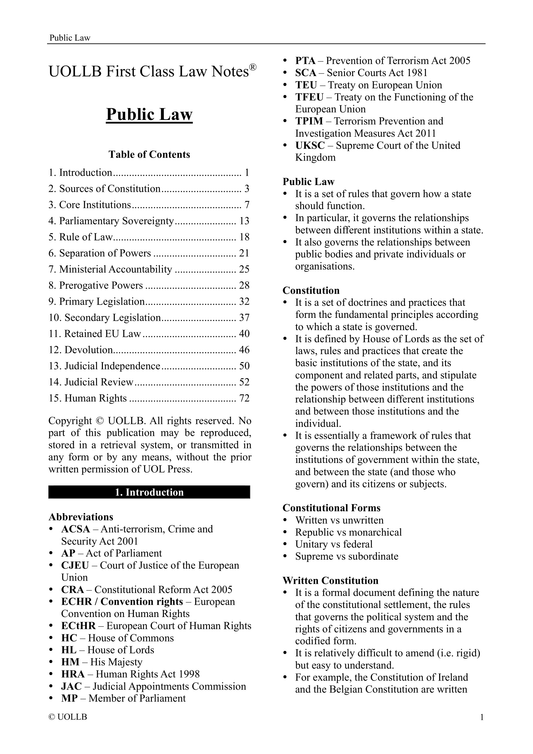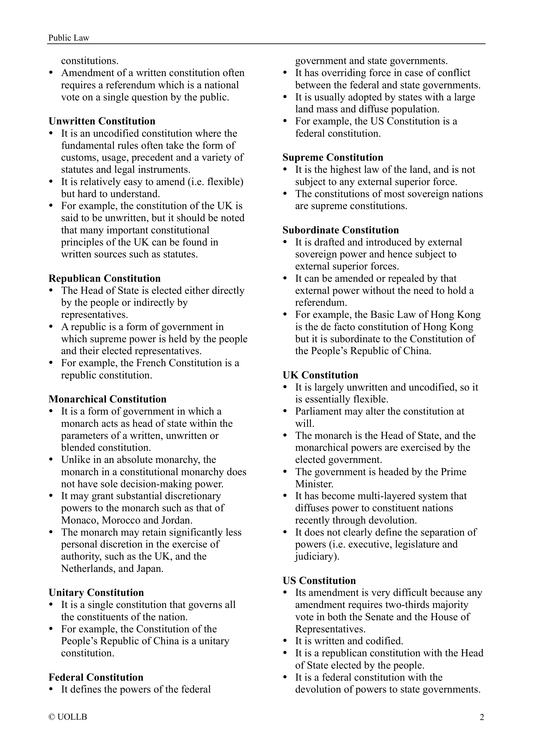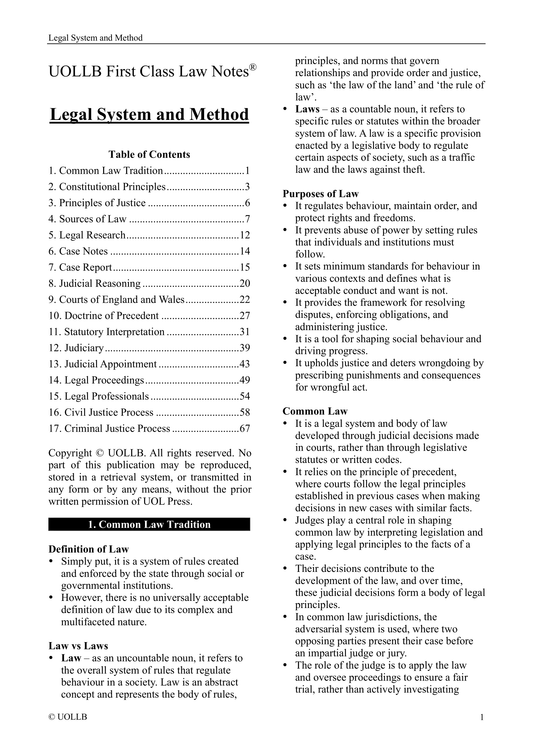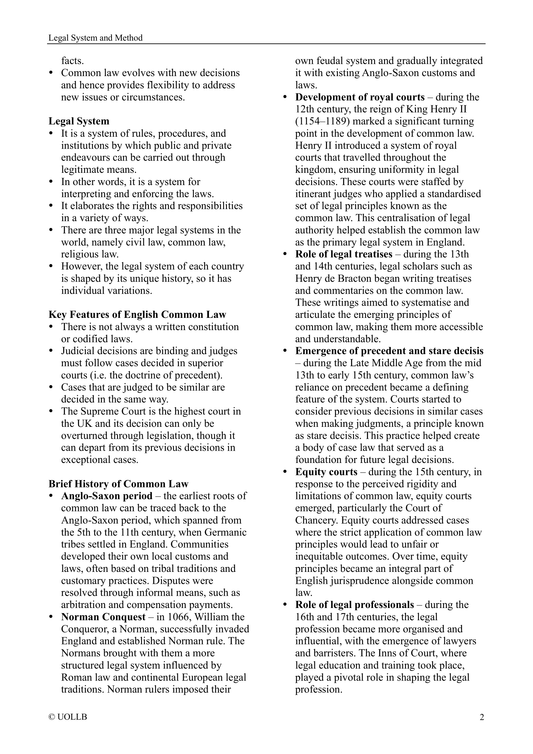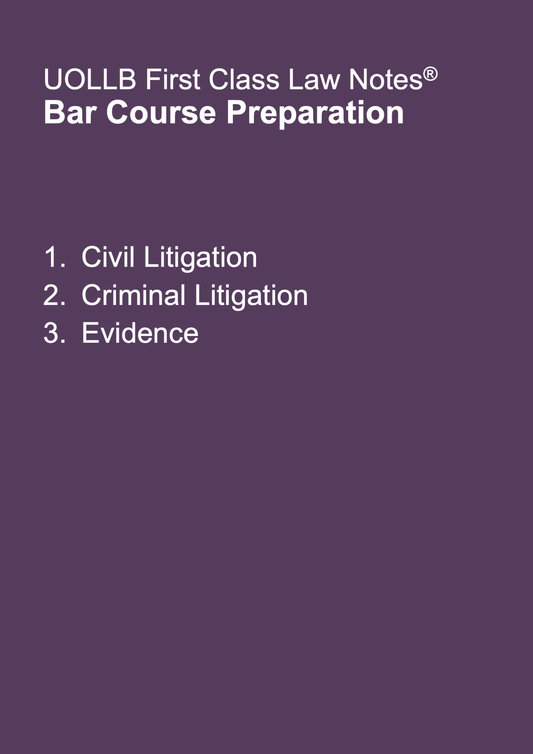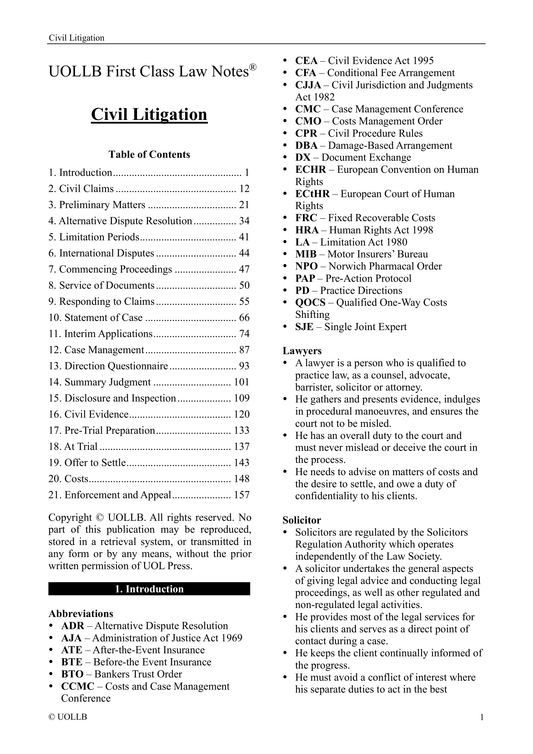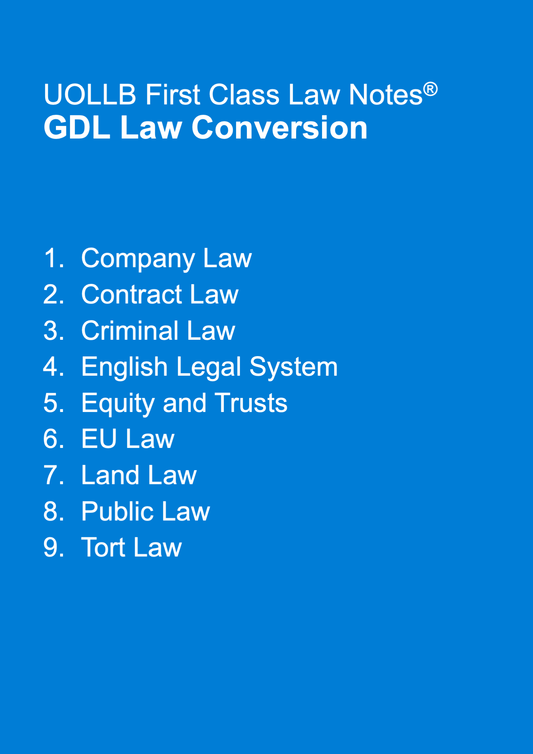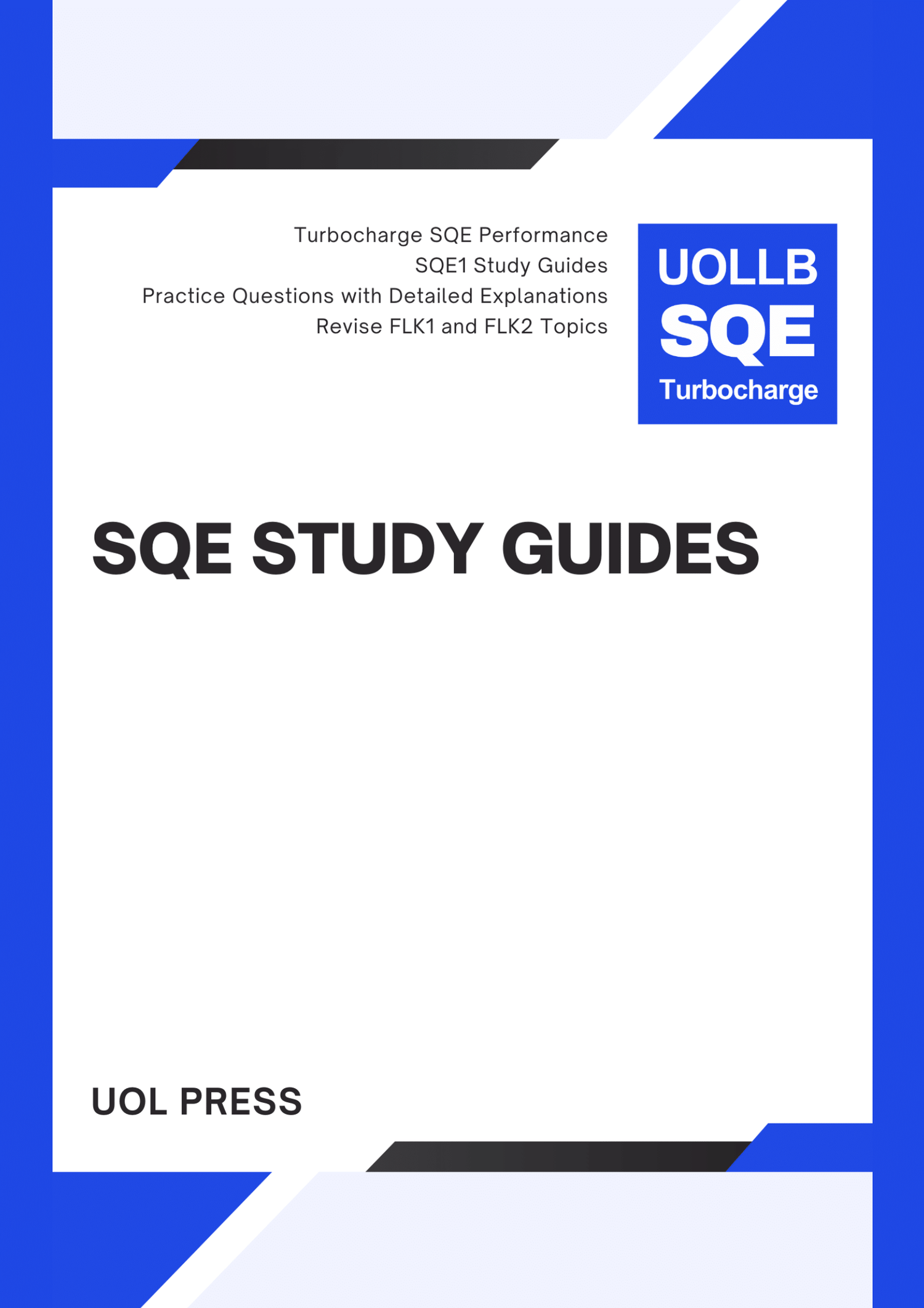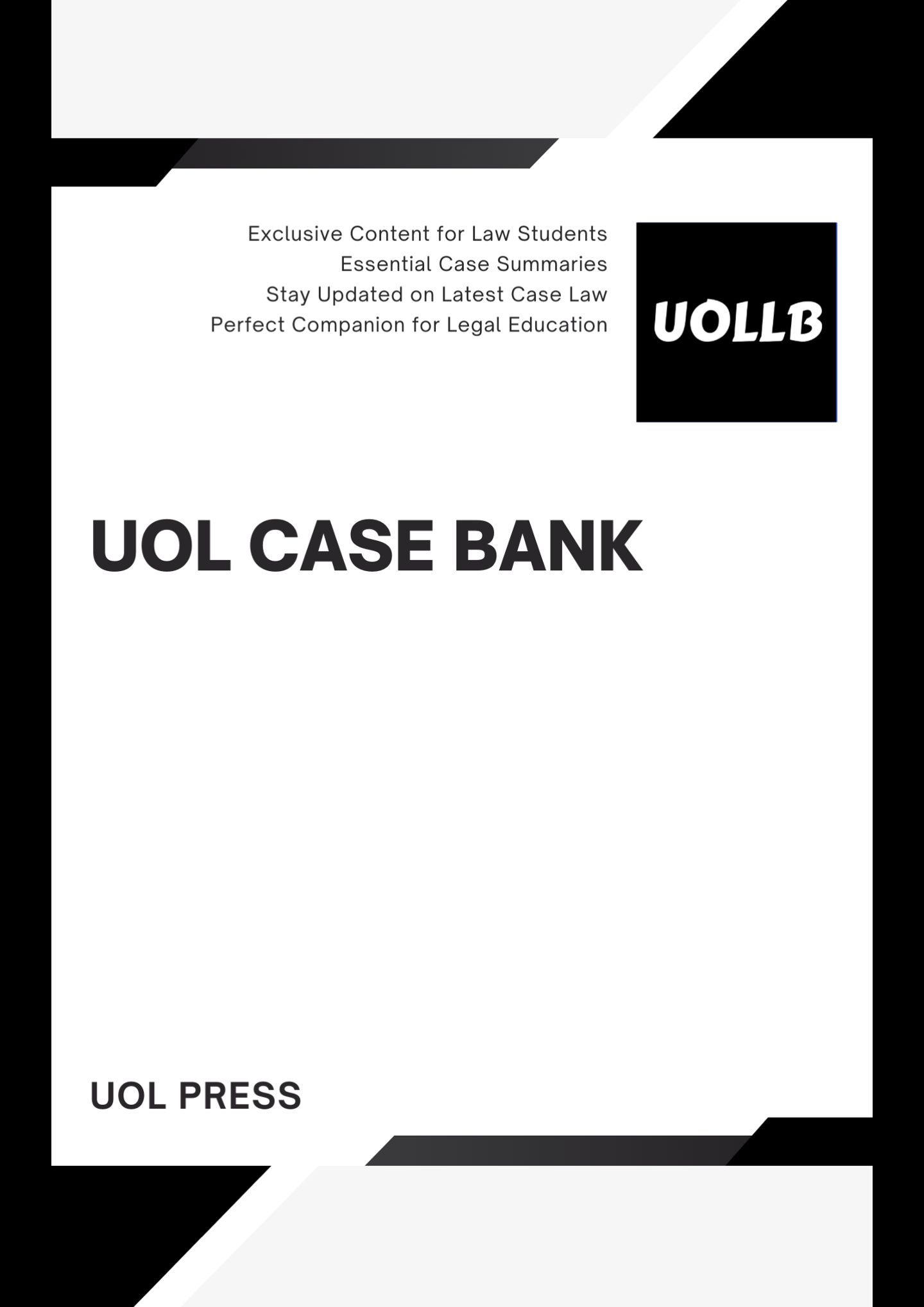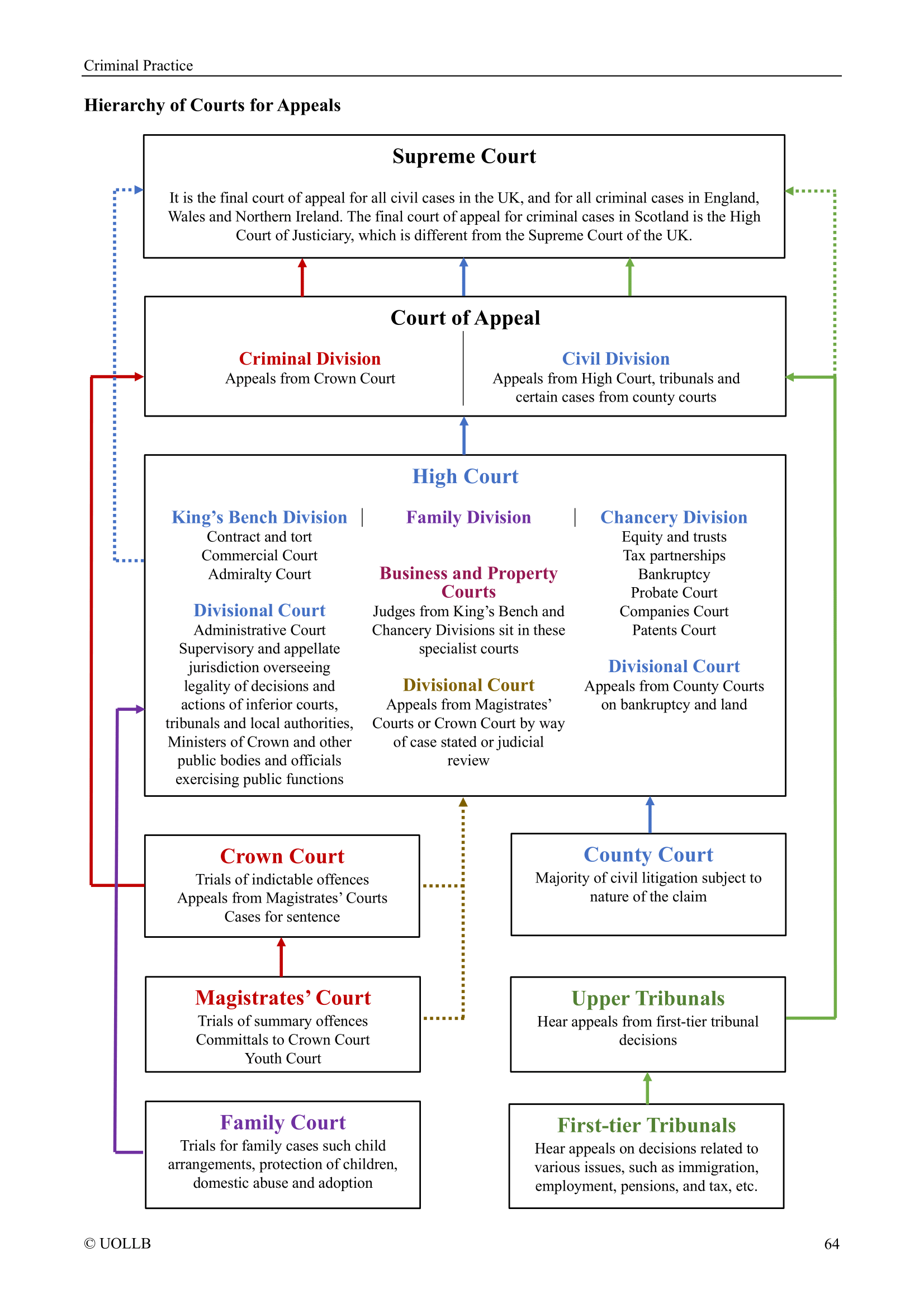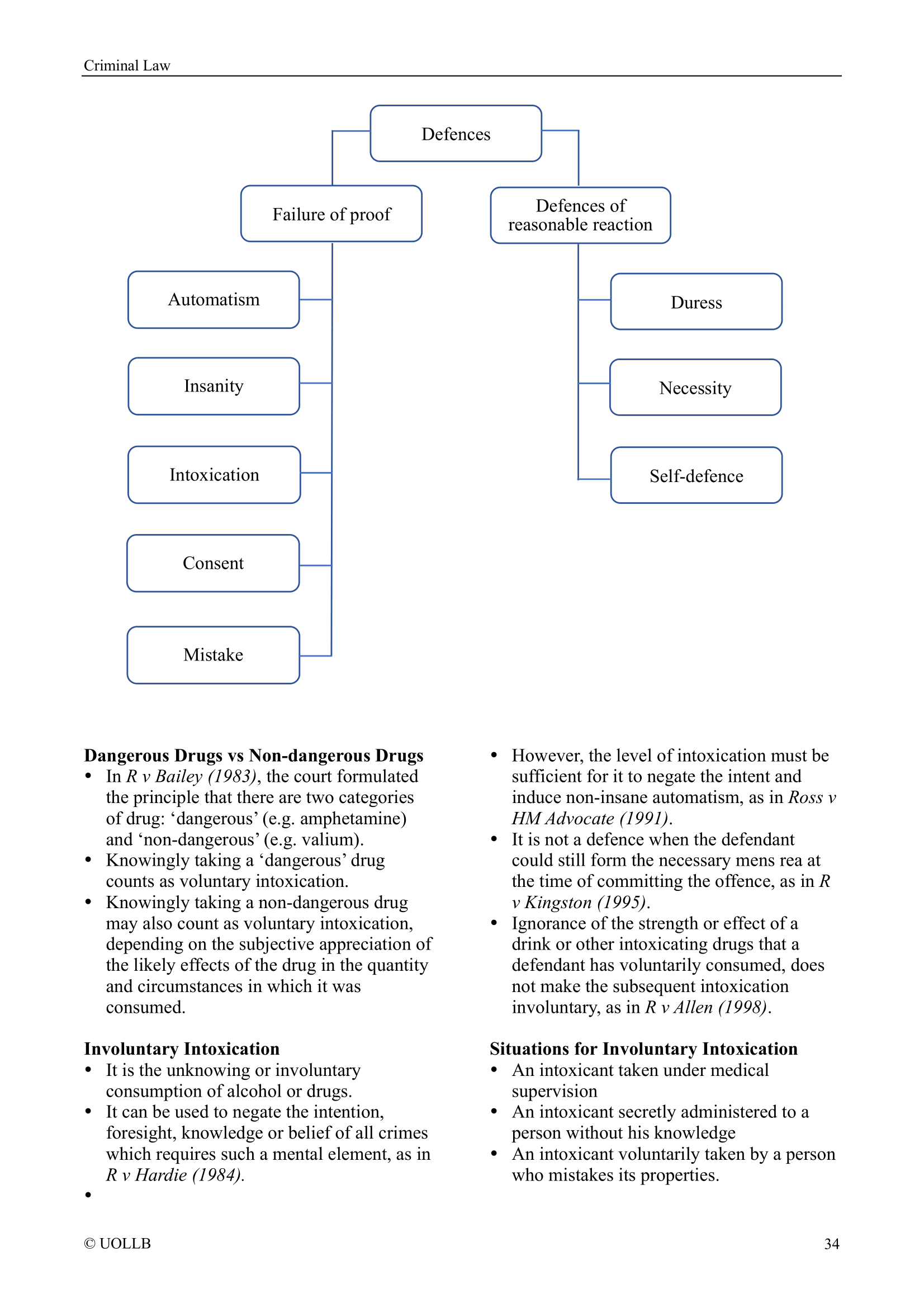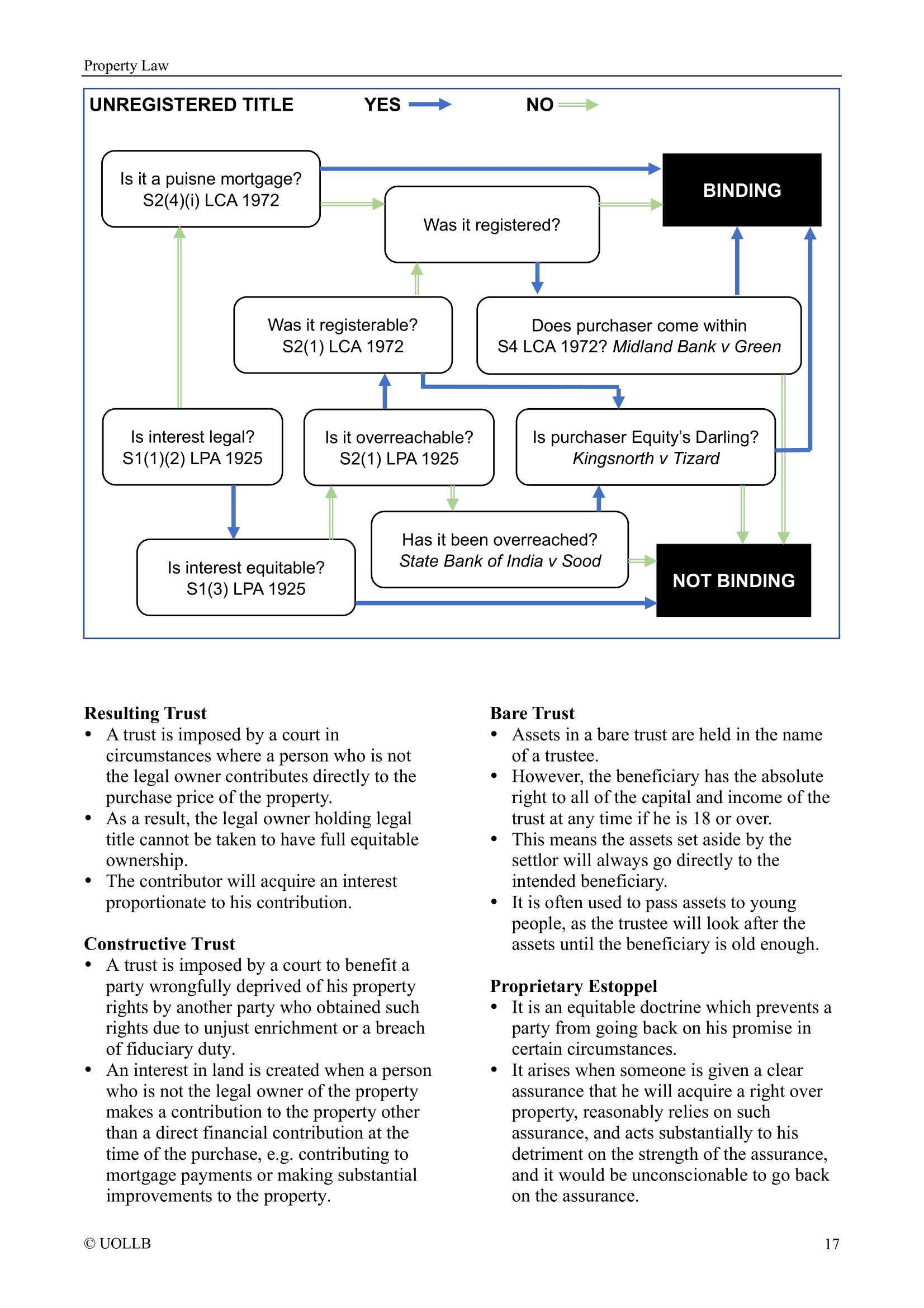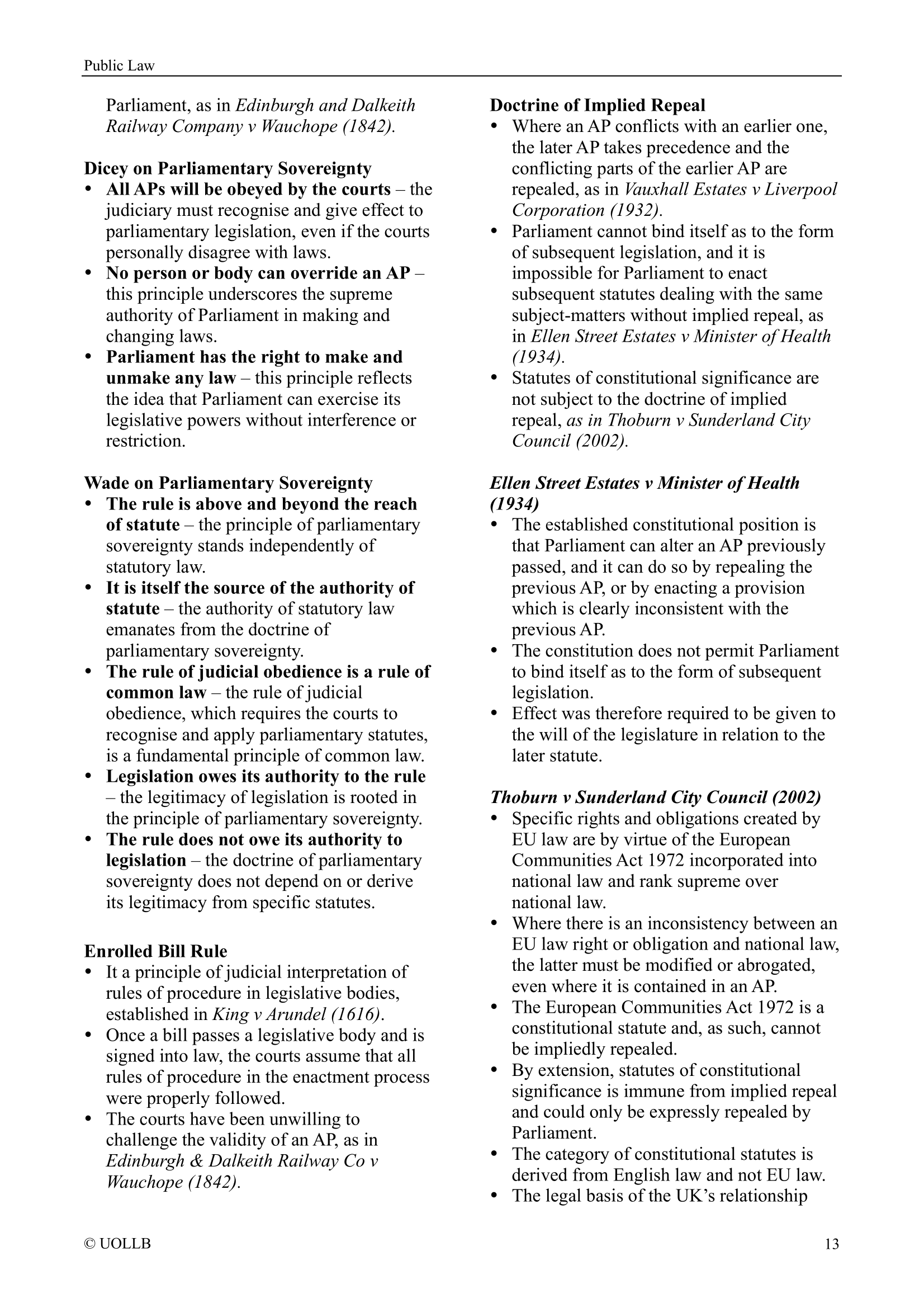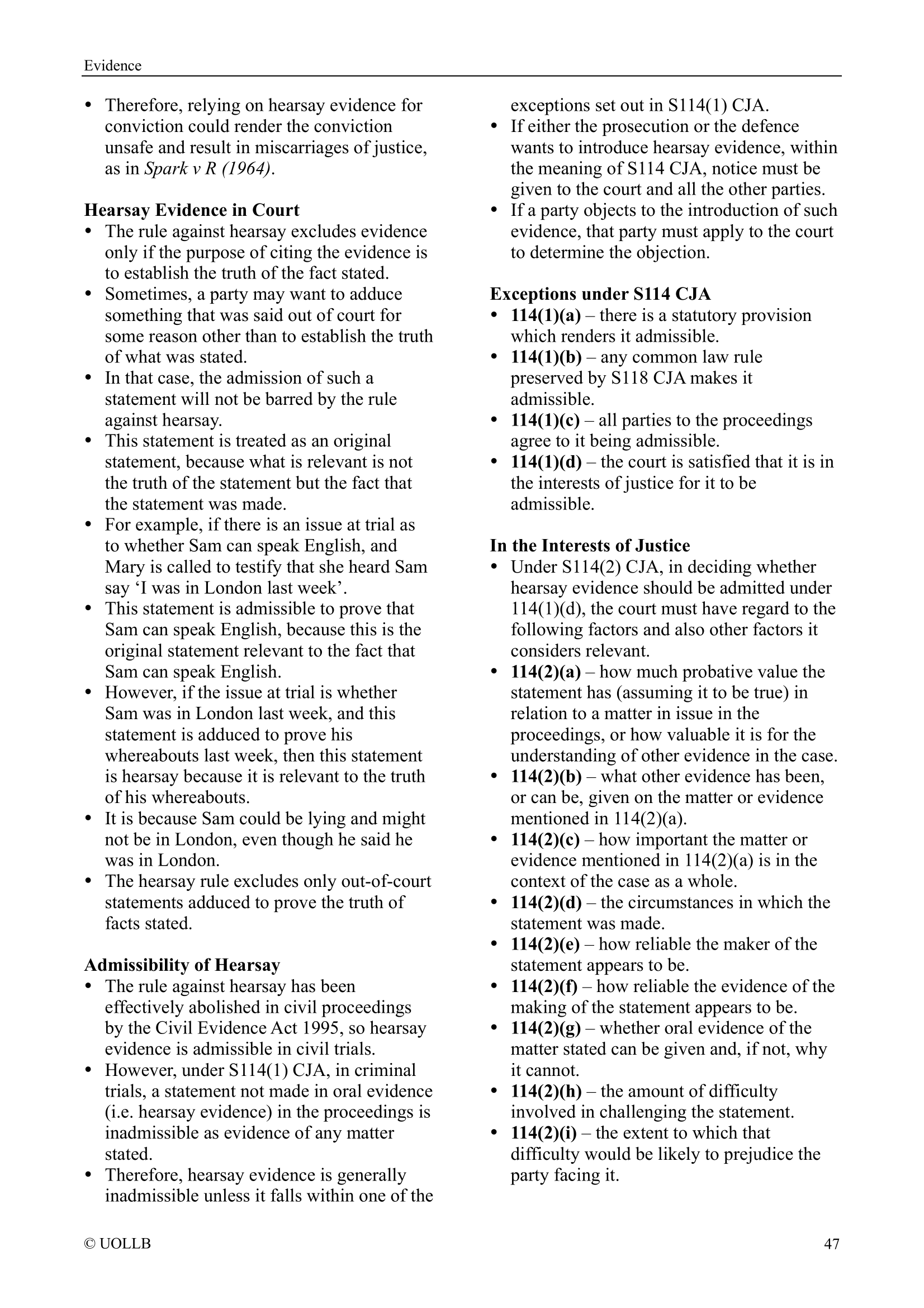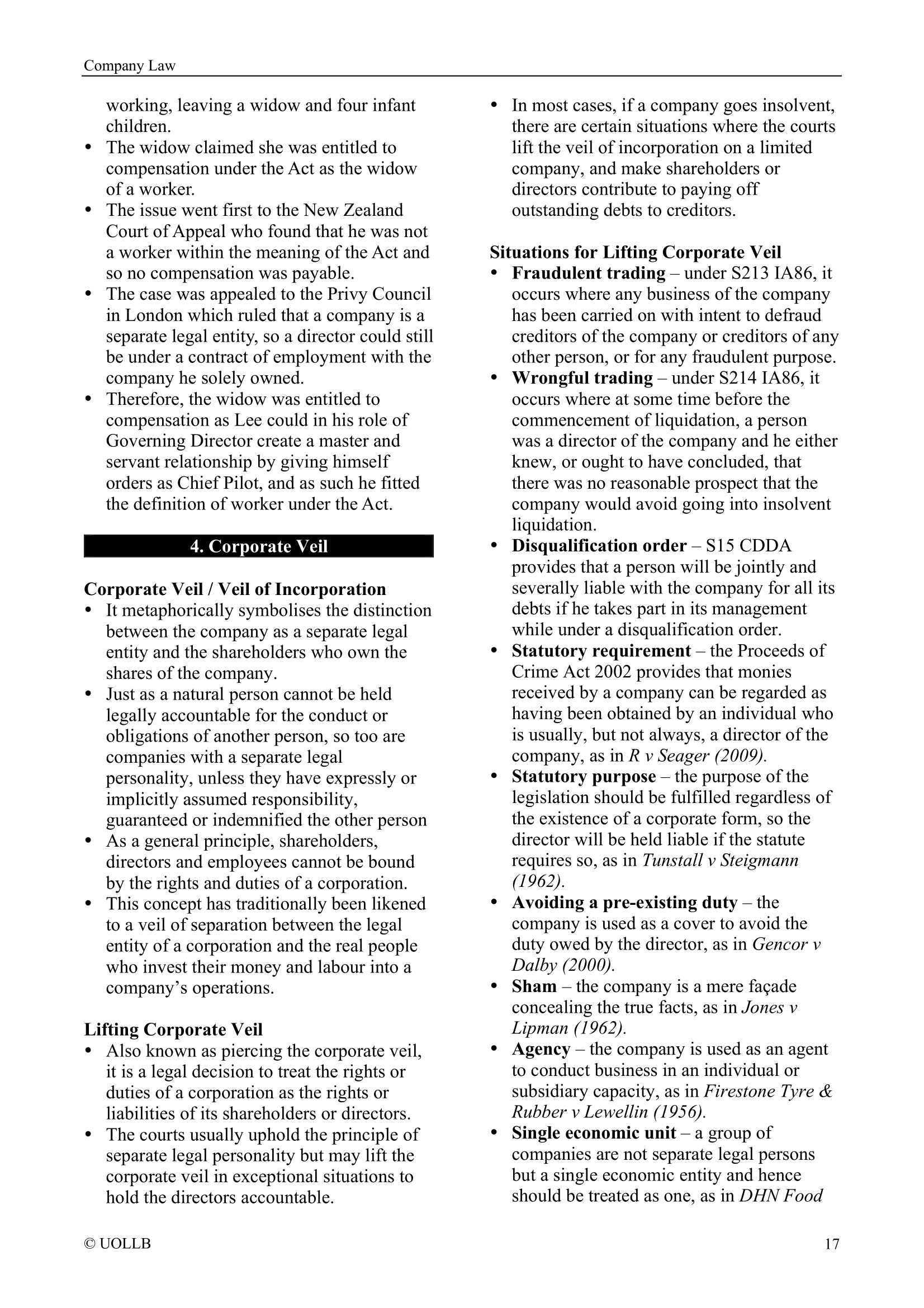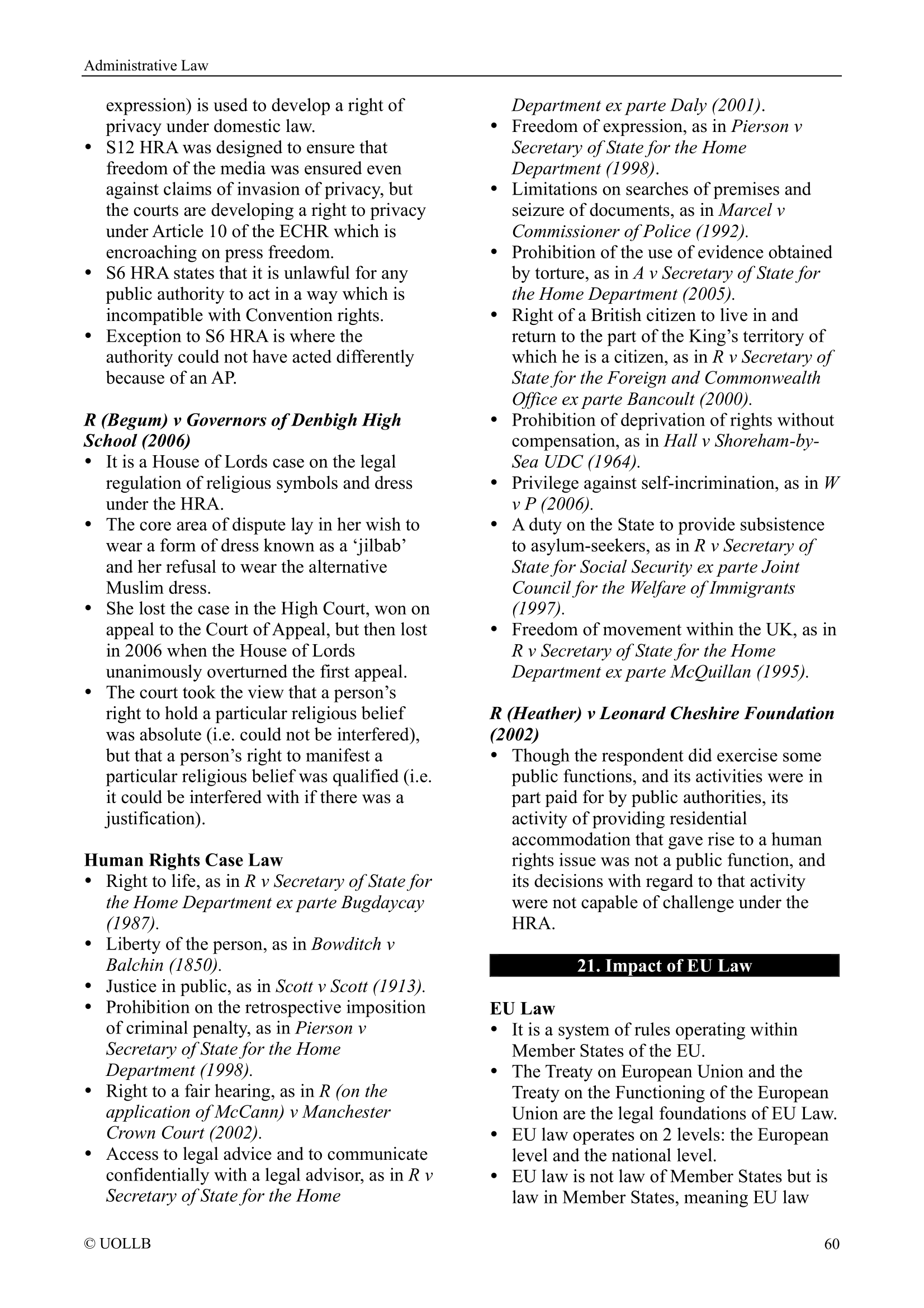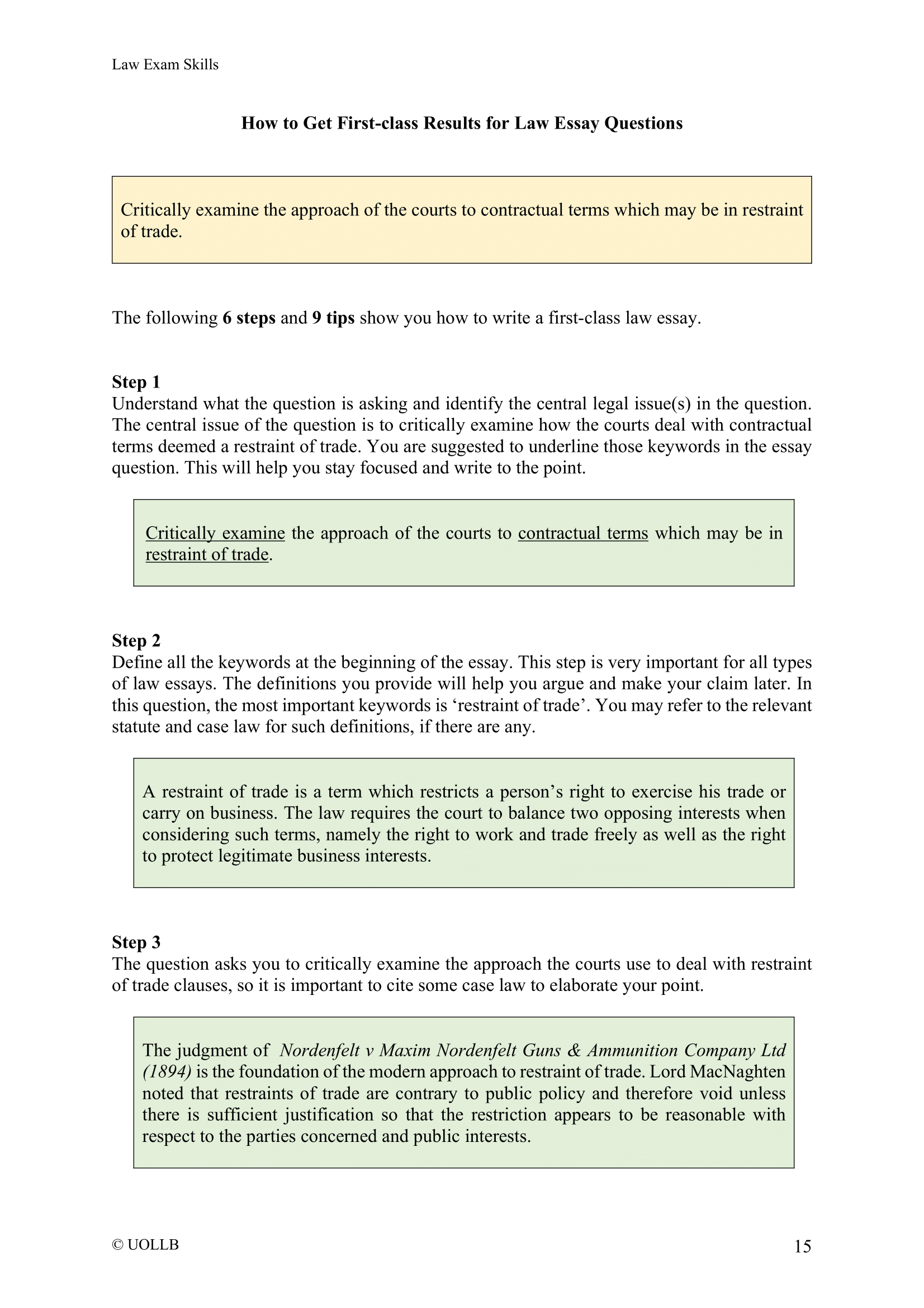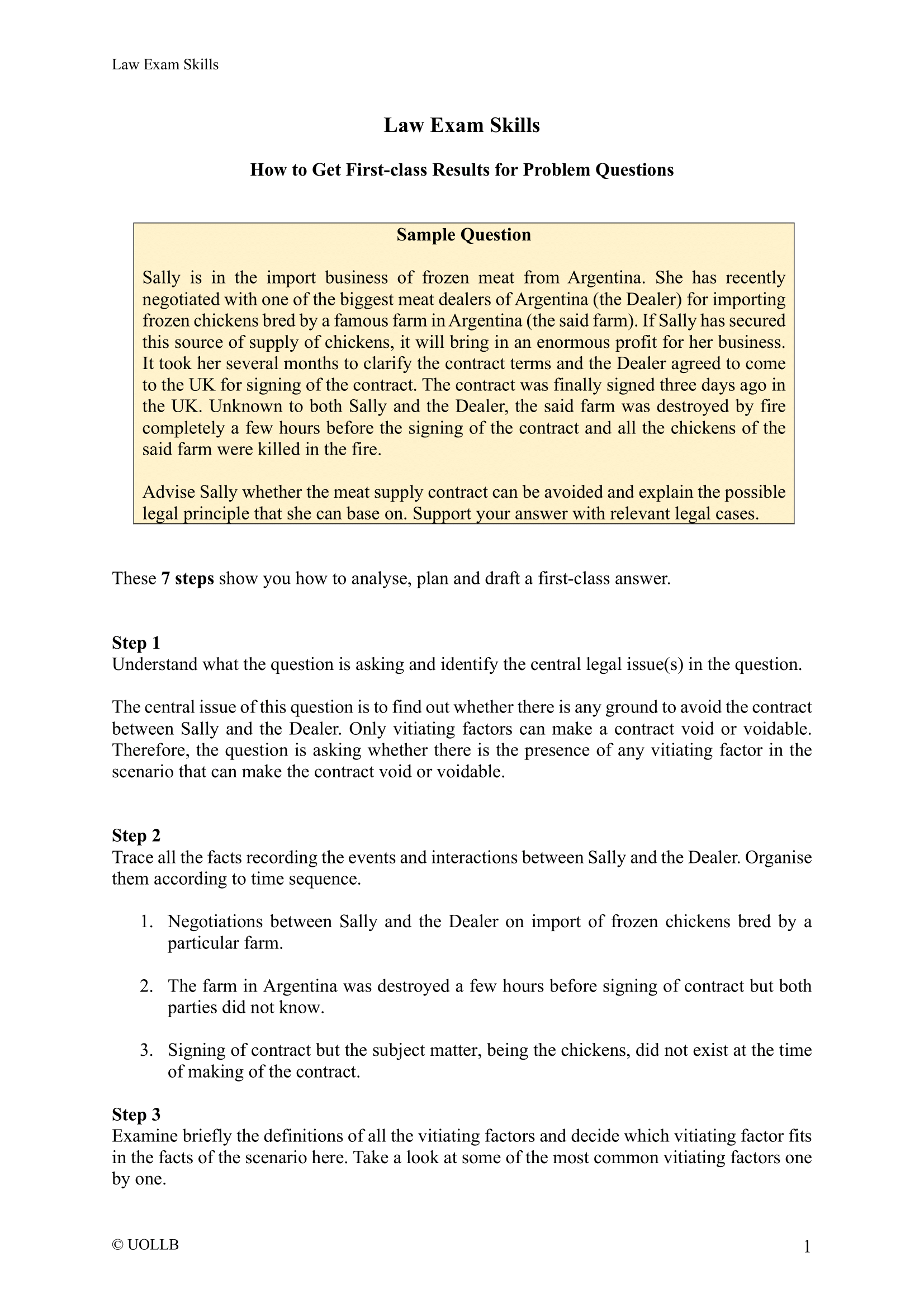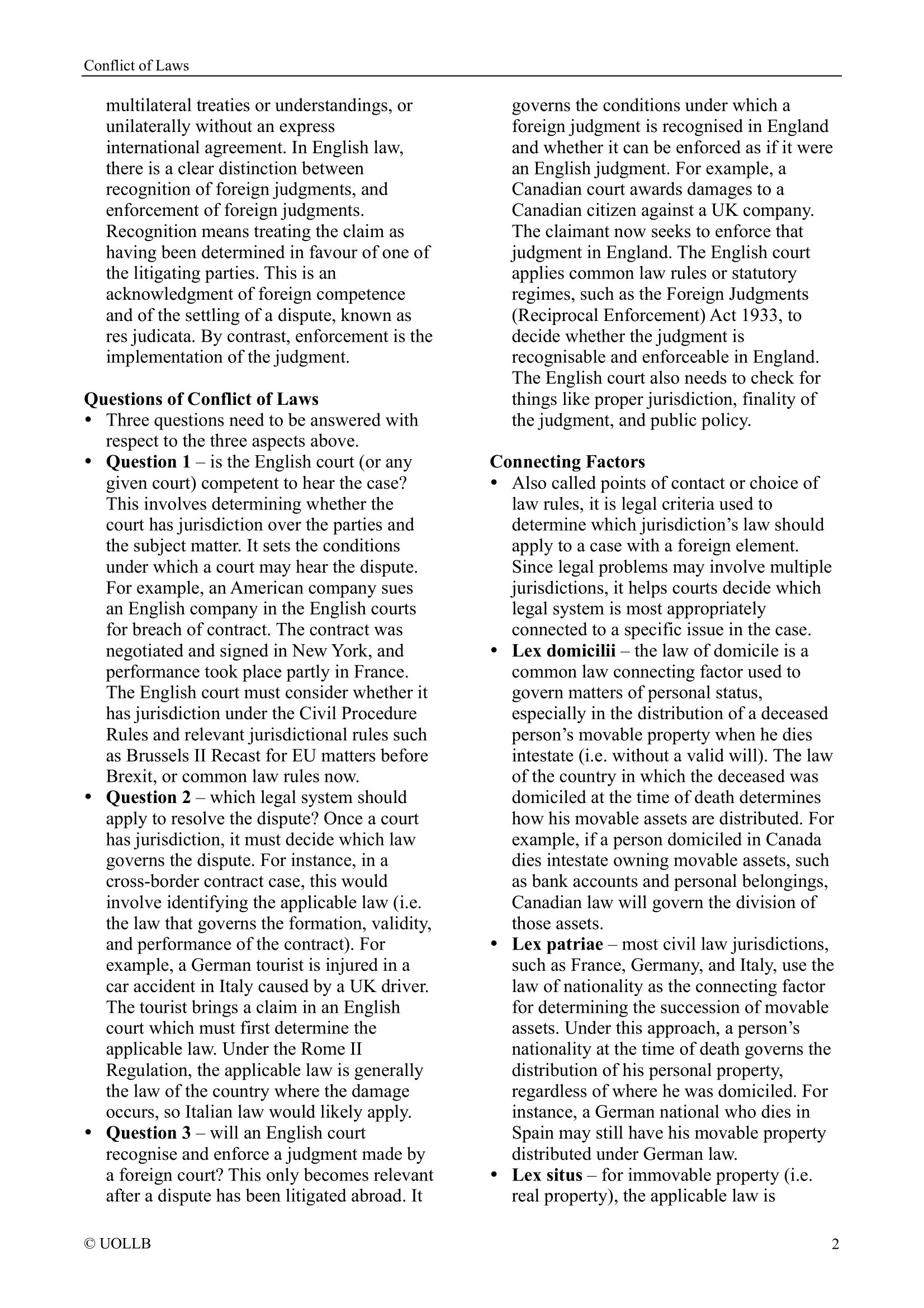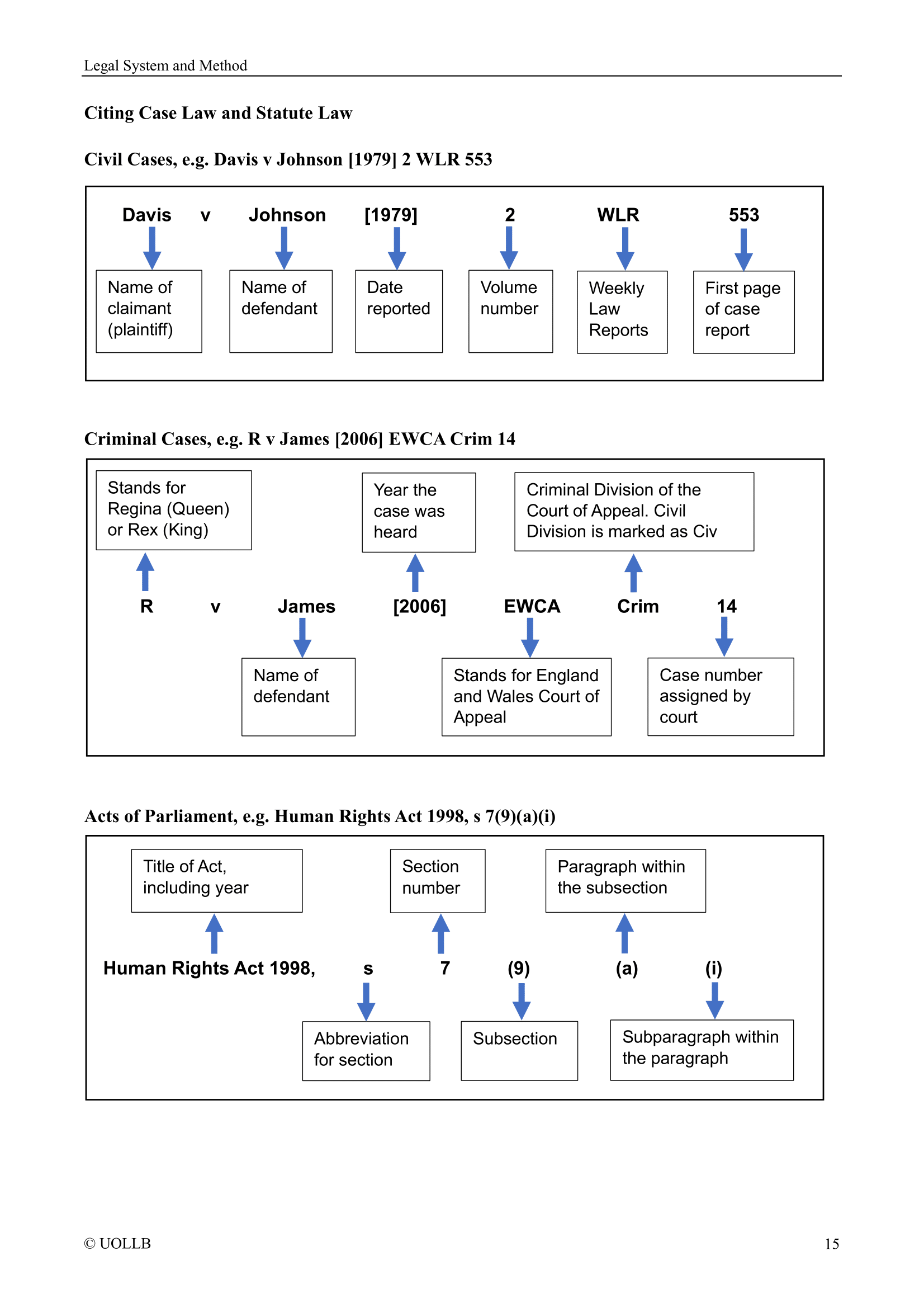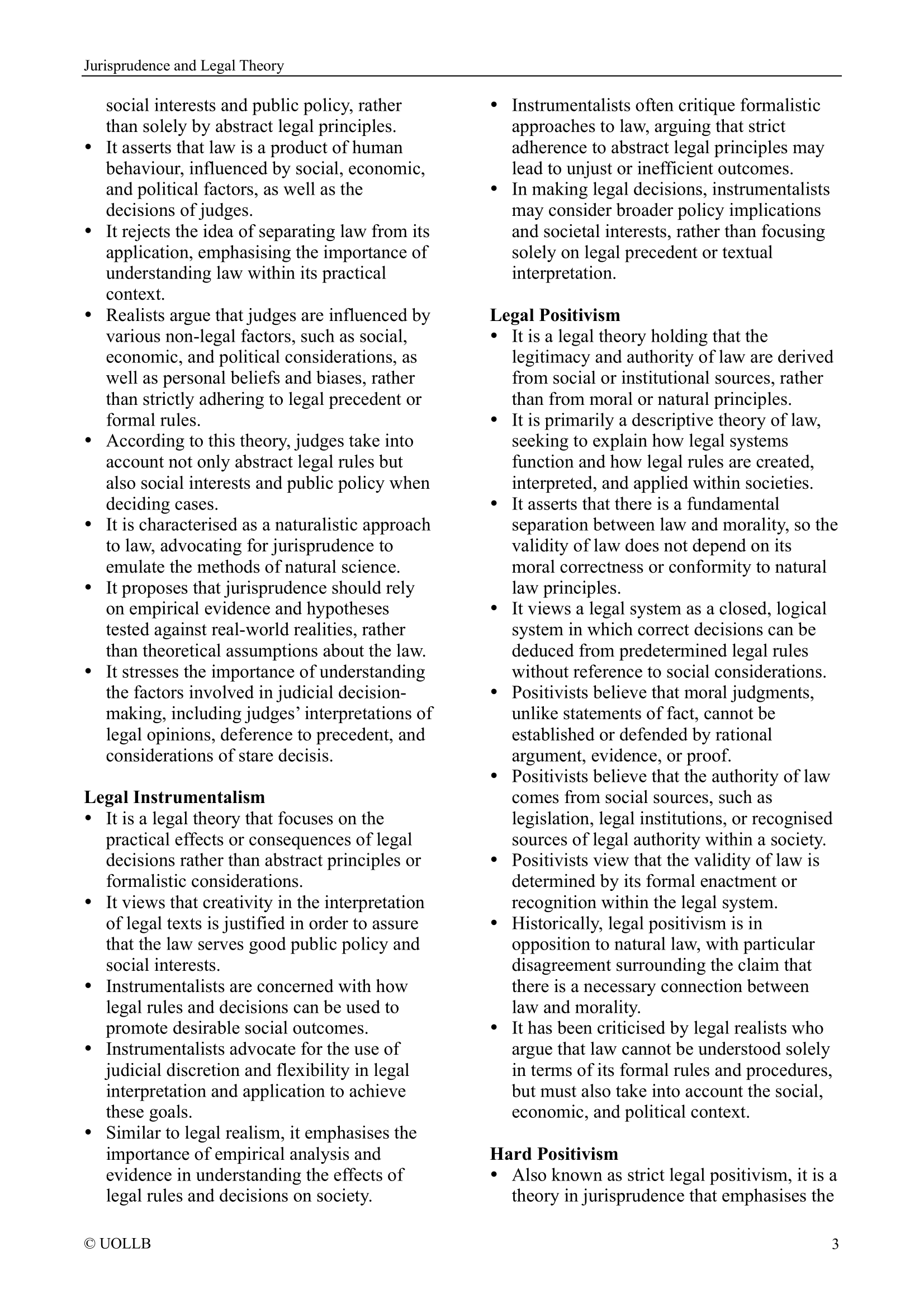Legal Interests vs Equitable Interests
Share
In Land Law and Trusts Law, the distinction between legal and equitable interests plays a critical role in determining the rights and remedies available to parties with an interest in land. Legal interests are recognised as enforceable rights at common law and are considered superior, whereas equitable interests are recognised in equity, offering protection and remedies when legal interests fall short of fairness or justice. This dichotomy stems from the historical development of common law and equity, and it remains a fundamental aspect of English property law. Below, we explore the nature of legal and equitable interests, their differences, and how they interact, along with key case law that has shaped this area of law.
Legal Interests
A legal interest in land refers to rights or interests that are enforceable in common law and are recognised as binding on the world, so they are enforceable against anyone who interferes with those rights. Legal interests are governed by statute, most notably the Law of Property Act 1925 (LPA 1925), which simplified and codified property law. Section 1(1) of the LPA 1925 sets out the estates in land that can exist at law, including the fee simple absolute in possession (commonly referred to as freehold) and terms of years absolute (commonly referred to as leasehold).
In addition to these legal estates, Section 1(2) of the LPA 1925 defines specific legal interests or rights that can exist in land, such as easements, profits à prendre, mortgages, and rights of entry. Legal interests must be created in a prescribed form, often requiring formal documentation, such as a deed for the transfer of land or the creation of a lease. Legal interests are also subject to strict rules on formality, particularly registration under the Land Registration Act 2002, which ensures that legal interests are recorded on the land’s title and are binding on third parties.
One key characteristic of legal interests is that they are good against the world. This means that anyone who acquires an interest in the land will be bound by the legal rights attached to it, whether or not they had prior knowledge. In Re Ellenborough Park [1956], the Court of Appeal confirmed that an easement could be enforceable against a future owner of the land because it constituted a legal right.
Equitable Interests
In contrast to legal interests, equitable interests arise in situations where rights are not recognised at common law but are enforceable in equity. These interests typically arise when the formal requirements for creating a legal interest are not met, or where fairness and justice require the recognition of rights that do not fit into the rigid categories of legal rights. Equitable interests may also exist alongside legal interests, often offering protection to parties who would otherwise be disadvantaged by the strict rules of legal ownership.
Equitable interests are most commonly associated with the doctrine of trusts, where one party holds legal title to the property, but another party holds a beneficial or equitable interest in the property. For example, if property is held on trust, the trustee holds the legal title, but the beneficiaries have an equitable interest, entitling them to the benefits of the property, such as income or use of the property.
One of the most significant cases illustrating the nature of equitable interests is Tulk v Moxhay [1848]. In this case, a restrictive covenant was imposed on land in Leicester Square, stating that the land could not be built upon. The covenant was not formally registered as a legal interest, but the court held that it was enforceable in equity because the purchaser of the land knew about the restriction. This case established the principle that equitable interests, such as restrictive covenants, could bind future purchasers who had notice of them, thus extending the influence of equitable rights.
Equitable interests also arise in cases of constructive trusts and proprietary estoppel. Constructive trusts arise when the conduct of the parties creates an equitable interest, even in the absence of a formal trust. In Gissing v Gissing [1971], the House of Lords held that a constructive trust arose where a couple, despite not having a formal trust deed, had made arrangements that led to one party having a beneficial interest in the property. Proprietary estoppel, on the other hand, allows a party to claim an interest in land where he has relied on a promise made by the legal owner to their detriment, as seen in Thorner v Major [2009].
Interaction Between Legal and Equitable Interests
The interaction between legal and equitable interests is crucial, particularly when determining priorities between competing claims to land. In general, legal interests take priority over equitable interests, so if there is a conflict between the two, the holder of the legal interest will usually prevail. This principle is subject to important qualifications, particularly where the equitable interest holder can prove that the legal interest holder had notice of his interest or that the legal interest holder acted unfairly.
The doctrine of notice plays a central role in determining the priority of equitable interests. If a purchaser of land has actual, constructive, or imputed knowledge of an equitable interest, he be bound by that interest. This was the case in Tulk v Moxhay, where the court ruled that the purchaser of the land was bound by the equitable covenant because he had notice of it.
The introduction of the Land Registration Act 2002 modernised the process for determining the priority of interests in registered land. Legal interests must be registered to take effect as legal interests, and equitable interests are protected by registration of a notice or a restriction on the land’s title. If an equitable interest is not protected by registration, it may be vulnerable to being overridden by a purchaser who acquires the land for value without notice of the interest.
Equitable interests are still capable of taking priority in some circumstances, particularly where the equitable interest arises through a trust or proprietary estoppel. In Williams & Glyn’s Bank v Boland [1981], the House of Lords held that a wife’s beneficial interest in the matrimonial home, despite not being registered, could take priority over a legal mortgage. The wife’s equitable interest arose through her contribution to the purchase price of the home, and the bank’s legal interest was subject to it because the bank had constructive notice of her occupation of the property.
In summary, the distinction between legal and equitable interests in English land law is fundamental, shaping the way rights to land are recognised and enforced. Legal interests, which are recognised at common law, are enforceable against third parties and have priority over equitable interests. Equitable interests, however, offer a degree of flexibility, allowing courts to recognise rights where formal legal requirements are not met or where fairness demands it. As English property law and tursts law continue to evolve, the interaction between legal and equitable interests will remain a central concern in both the courts and the broader legal framework.
Legal Interests
A legal interest in land refers to rights or interests that are enforceable in common law and are recognised as binding on the world, so they are enforceable against anyone who interferes with those rights. Legal interests are governed by statute, most notably the Law of Property Act 1925 (LPA 1925), which simplified and codified property law. Section 1(1) of the LPA 1925 sets out the estates in land that can exist at law, including the fee simple absolute in possession (commonly referred to as freehold) and terms of years absolute (commonly referred to as leasehold).
In addition to these legal estates, Section 1(2) of the LPA 1925 defines specific legal interests or rights that can exist in land, such as easements, profits à prendre, mortgages, and rights of entry. Legal interests must be created in a prescribed form, often requiring formal documentation, such as a deed for the transfer of land or the creation of a lease. Legal interests are also subject to strict rules on formality, particularly registration under the Land Registration Act 2002, which ensures that legal interests are recorded on the land’s title and are binding on third parties.
One key characteristic of legal interests is that they are good against the world. This means that anyone who acquires an interest in the land will be bound by the legal rights attached to it, whether or not they had prior knowledge. In Re Ellenborough Park [1956], the Court of Appeal confirmed that an easement could be enforceable against a future owner of the land because it constituted a legal right.
Equitable Interests
In contrast to legal interests, equitable interests arise in situations where rights are not recognised at common law but are enforceable in equity. These interests typically arise when the formal requirements for creating a legal interest are not met, or where fairness and justice require the recognition of rights that do not fit into the rigid categories of legal rights. Equitable interests may also exist alongside legal interests, often offering protection to parties who would otherwise be disadvantaged by the strict rules of legal ownership.
Equitable interests are most commonly associated with the doctrine of trusts, where one party holds legal title to the property, but another party holds a beneficial or equitable interest in the property. For example, if property is held on trust, the trustee holds the legal title, but the beneficiaries have an equitable interest, entitling them to the benefits of the property, such as income or use of the property.
One of the most significant cases illustrating the nature of equitable interests is Tulk v Moxhay [1848]. In this case, a restrictive covenant was imposed on land in Leicester Square, stating that the land could not be built upon. The covenant was not formally registered as a legal interest, but the court held that it was enforceable in equity because the purchaser of the land knew about the restriction. This case established the principle that equitable interests, such as restrictive covenants, could bind future purchasers who had notice of them, thus extending the influence of equitable rights.
Equitable interests also arise in cases of constructive trusts and proprietary estoppel. Constructive trusts arise when the conduct of the parties creates an equitable interest, even in the absence of a formal trust. In Gissing v Gissing [1971], the House of Lords held that a constructive trust arose where a couple, despite not having a formal trust deed, had made arrangements that led to one party having a beneficial interest in the property. Proprietary estoppel, on the other hand, allows a party to claim an interest in land where he has relied on a promise made by the legal owner to their detriment, as seen in Thorner v Major [2009].
Interaction Between Legal and Equitable Interests
The interaction between legal and equitable interests is crucial, particularly when determining priorities between competing claims to land. In general, legal interests take priority over equitable interests, so if there is a conflict between the two, the holder of the legal interest will usually prevail. This principle is subject to important qualifications, particularly where the equitable interest holder can prove that the legal interest holder had notice of his interest or that the legal interest holder acted unfairly.
The doctrine of notice plays a central role in determining the priority of equitable interests. If a purchaser of land has actual, constructive, or imputed knowledge of an equitable interest, he be bound by that interest. This was the case in Tulk v Moxhay, where the court ruled that the purchaser of the land was bound by the equitable covenant because he had notice of it.
The introduction of the Land Registration Act 2002 modernised the process for determining the priority of interests in registered land. Legal interests must be registered to take effect as legal interests, and equitable interests are protected by registration of a notice or a restriction on the land’s title. If an equitable interest is not protected by registration, it may be vulnerable to being overridden by a purchaser who acquires the land for value without notice of the interest.
Equitable interests are still capable of taking priority in some circumstances, particularly where the equitable interest arises through a trust or proprietary estoppel. In Williams & Glyn’s Bank v Boland [1981], the House of Lords held that a wife’s beneficial interest in the matrimonial home, despite not being registered, could take priority over a legal mortgage. The wife’s equitable interest arose through her contribution to the purchase price of the home, and the bank’s legal interest was subject to it because the bank had constructive notice of her occupation of the property.
In summary, the distinction between legal and equitable interests in English land law is fundamental, shaping the way rights to land are recognised and enforced. Legal interests, which are recognised at common law, are enforceable against third parties and have priority over equitable interests. Equitable interests, however, offer a degree of flexibility, allowing courts to recognise rights where formal legal requirements are not met or where fairness demands it. As English property law and tursts law continue to evolve, the interaction between legal and equitable interests will remain a central concern in both the courts and the broader legal framework.
